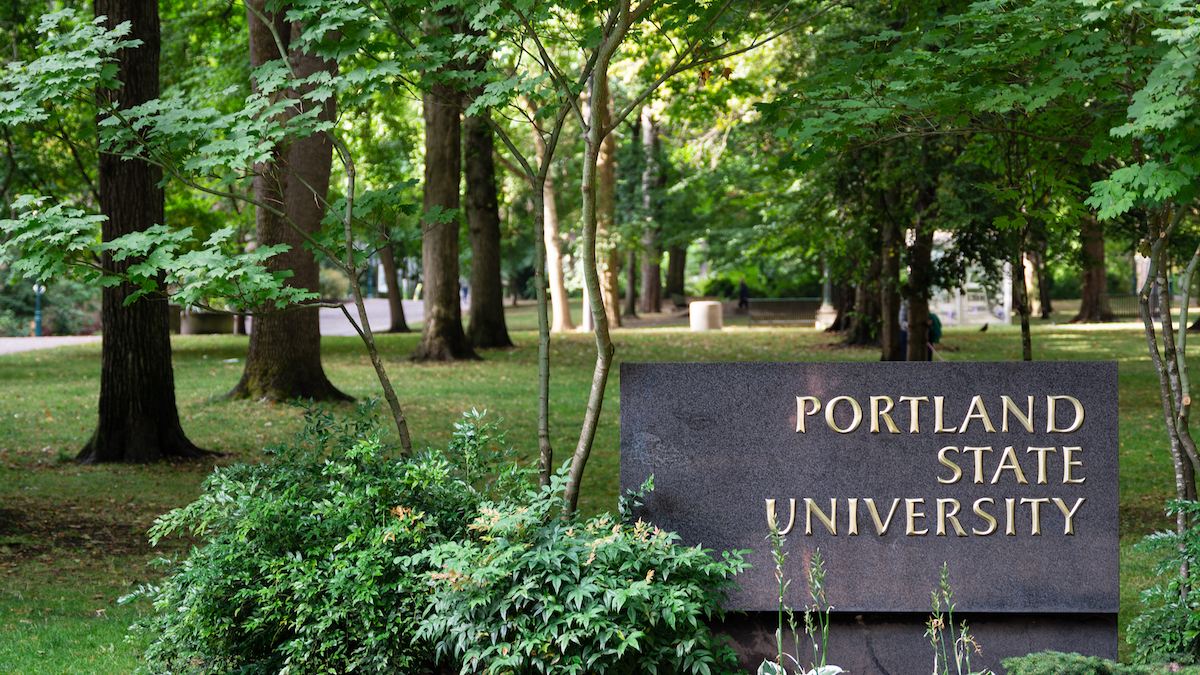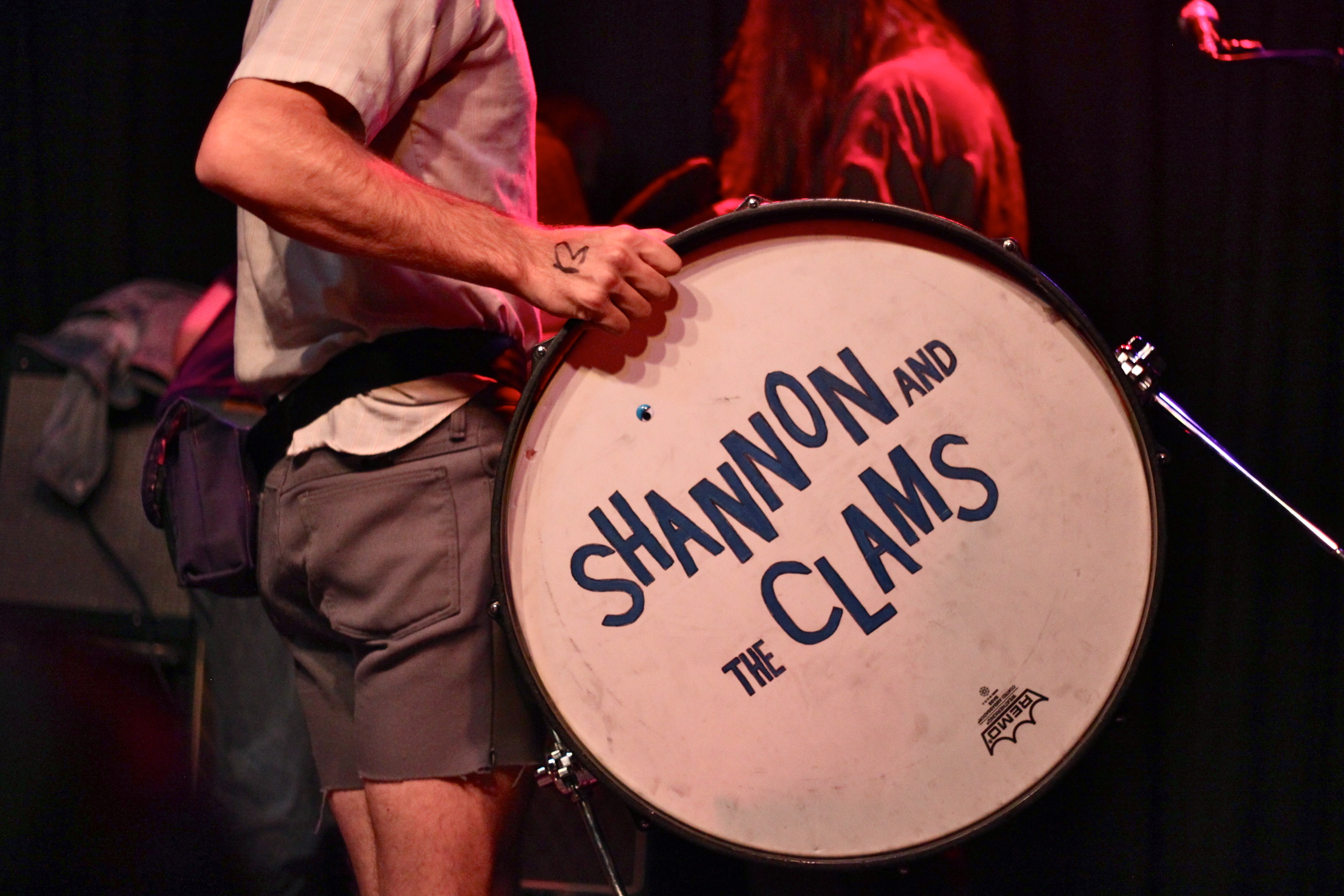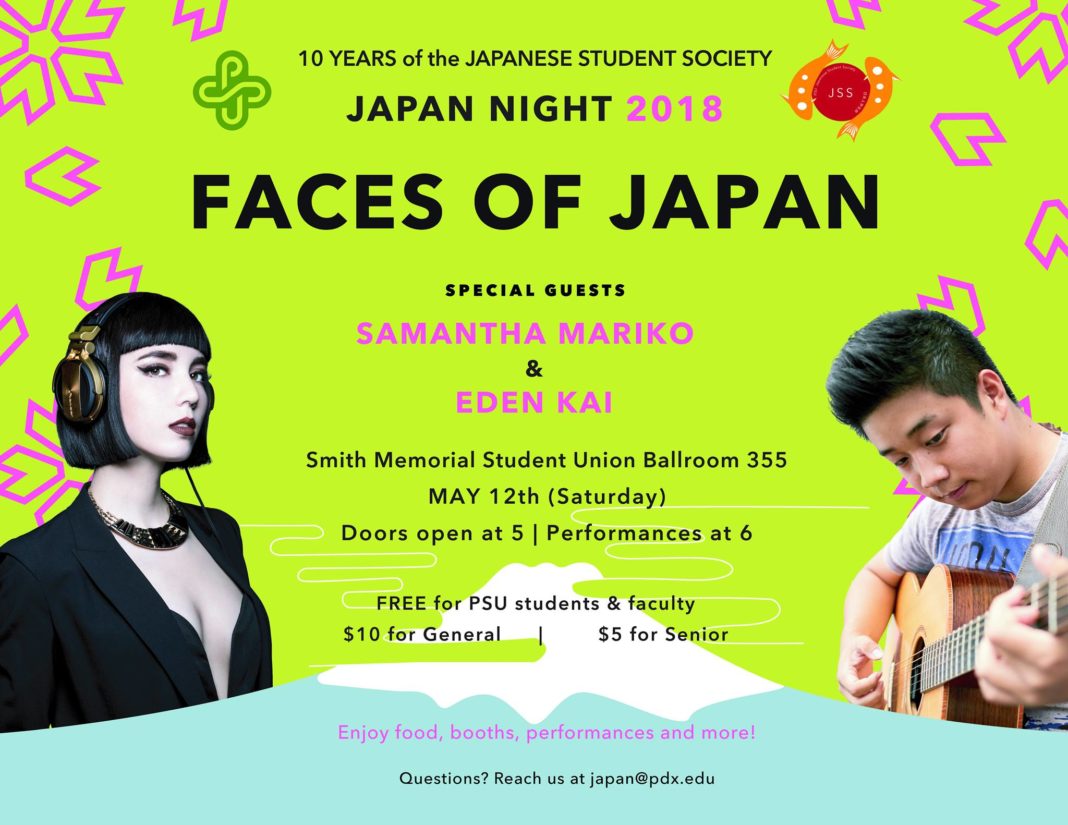Following the success of the 2020 edition of the Portland Art Museum’s “Venice VR Expanded” exhibition, the museum will be hosting the 2021 edition of the festival from Sept. 1–19 in partnership with the Northwest Film Center and the Venice Biennale (also known as La Biennale di Venezia).
The Biennale is well-known for hosting the Venice International Film Festival—the world’s oldest film festival, having run for 89 years. Since 2017, the festival has offered an additional competition for both cinematic and interactive virtual reality media. Alongside the showings at the festival in Venice, the Biennale collaborates with over a dozen museums and institutions located throughout the world. This opportunity to participate in the festival in international locations was started last year as a response to the COVID-19 pandemic.
Since the first international edition of “Venice VR Expanded,” the Portland Art Museum has acted as the exclusive U.S. partner for the competition.
“I’ve been lucky enough to have worked with Venice Biennale for 10 years, through both its Cinema and VR programs,” said Amy Dotson, the museum’s curator of film and new media. “The director of the Venice VR, Michel Reilhac, visited us in Portland just prior to the pandemic and was able to see for himself what makes our city so unique—our community is creative in so many ways. All these ingredients swirled together are what make Portland a unique and bold choice to world-premiere, support, and champion some of the most experimental and cutting-edge virtual reality art in the world.”
Like all other current in-person events, “Venice VR Expanded” faces many health and safety concerns and challenges surrounding COVID-19, especially due to the unique virtual reality setup. In accordance with the statewide mask mandate, all participants will be required to wear a mask for the entirety of their time during the exhibition. Additionally, ten minutes of each hour-long session will be devoted to the sanitization and preparation of headsets for use. Similarly to the 2020 section, the museum will be using ultraviolet-c (UVC) light technology, designed specifically for VR headsets by Clean Box Tech, to keep headsets clean in-between sessions.
“The exhibition is an equitable and accessible way for folks to travel and explore within the safety of a hyper-clean headset,” said Dotson. “Unlike sitting at home and watching TV or other screens, this medium allows you to be fully immersed in the story.”
Additionally, with the exception of out-of-competition titles, the festival can be experienced at home by those with their own Vive/Valve or Oculus VR headsets. For people without personal headsets, you may reserve up to two hour-long sessions at the museum for $35 an hour (as with all museum exhibits, members are eligible for a discounted price). Of course, not all headsets are created equally, and some experiences at the festival will be exclusive to certain headsets, so festival goers are encouraged to browse the selection of titles available prior to arriving.
This year’s festival lineup is even better than last year’s, with an eclectic and diverse selection of live-action, animated, non-fiction and interactive media spanning four continents. The “In Competition” section features a mix of these, many of which come from directors recognizable to anyone familiar with the world of VR filmmaking.
Taiwanese VR auteur and previous Venice competitor Hsin-Chien Huang has brought his existential film Samsara to the festival, which previously won top prizes at South by Southwest’s Virtual Cinema Competition and the Cannes XR competition earlier this year. Other promising titles include the second episode of photographer Matteo Lonardi’s Il Dubbio, which previously premiered at last year’s Venice VR competition, and VR animation director Keisuke Itoh’s eccentric short interactive work Clap.
The “Out of Competition” section also features a unique selection of titles, many of which are interactive. Some may be familiar to participants by name, such as the open-world puzzle game Maskmaker or Sam & Max: This Time It’s Virtual!, the VR remaster of Telltale’s classic point-and-click game. But, some, like Rui Guerreiro’s sensory and folklike adventure Mare or the brush-and-ink animated documentary Reeducated, may not be, demonstrating the festival’s commitment to diverse and creative stories.
Alongside the “Out of Competition” section, the festival is also offering a smattering of VRChat world experiences as part of the VRChat Worlds Gallery. Some of the experiences at the festival will not fit into the slot participants are allotted, so curious attendees are encouraged to sign up for two slots or pick experiences shorter than the 50 minutes they are permitted to wear the headset for. The full selection of experiences is available for viewing on the Biennale’s website.
The Portland Art Museum is no stranger to cinematic installations, boundary-breaking art and innovative artistic mediums, but interactive media and games are quite new to the museum. According to Dotson, Venice VR Expanded is a potential gateway to more exhibits featuring interactive media at the museum.
“Immersive, event-ized, and interactive arts are the future of storytelling and will play a significant role in both PAM and NWFC’s continued evolution,” said Dotson. “Artists, filmmakers, animators, and media storytellers in all their forms are tinkering with VR, AR, and techniques that not only play with time but space too. More than any other medium out there at present, VR allows audiences to feel and experience empathy. Like all great art, mixed reality stories deepen our connection to worlds real and imagined—and to understanding one another. And isn’t that what it’s all about, especially at this moment we’re living in?






